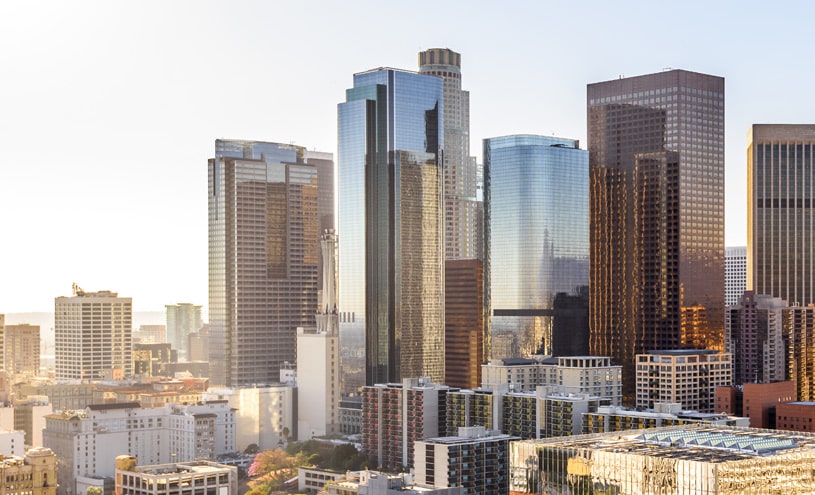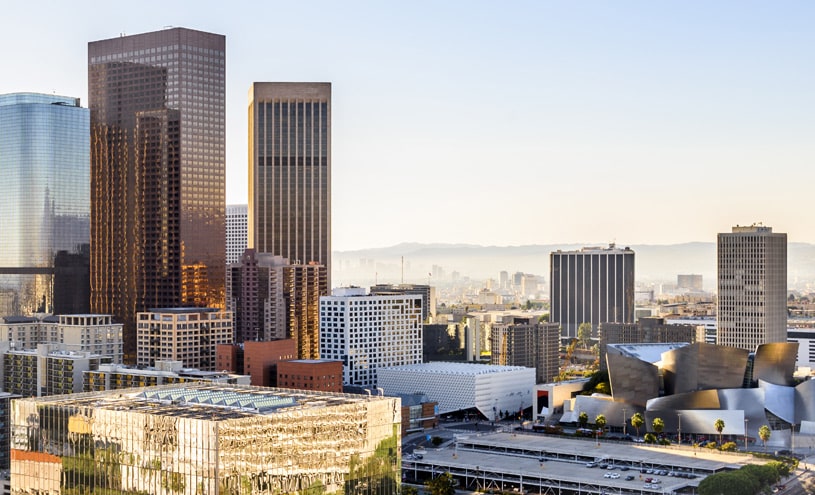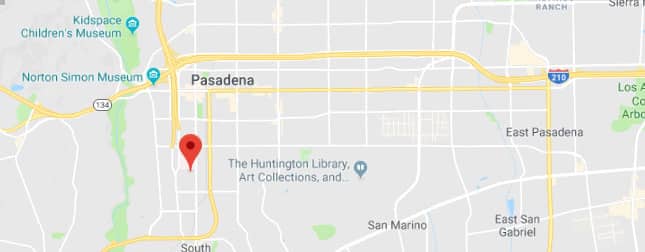 When the nose is viewed from underneath, the nostrils and the tip of the nose would appear as a triangle known as the pyriform aperture.
When the nose is viewed from underneath, the nostrils and the tip of the nose would appear as a triangle known as the pyriform aperture.
To decrease the nose’s width, a surgeon will make adjustments to the pyriform aperture. By making this triangle’s angles steeper at the point where the nostrils meet the face, a surgeon can efficiently decrease nose width.
Experienced facial plastic and reconstructive surgeon Dr. Eric Yavrouian provides nose width reduction cosmetic surgery procedures to patients in Glendale, Pasadena, Burbank, Greater Los Angeles, Beverly Hills, CA, and surrounding locations in this region of SoCal.
What is Nasal Base Reduction?
A nasal base reduction is a rhinoplasty maneuver that helps narrow the nose base in instances where it is too broad for the facial structure. The reduction of the nasal base in some variation is standard in rhinoplasty and revision rhinoplasty.
In the case of ethnic rhinoplasty, it is even more common. For instance, rhinoplasty on Asian, African American, and Middle Eastern noses frequently involves reducing the nasal base. These ethnicities tend to have a broader nasal base warranting a nasal base reduction to refine the nose.
The primary complaint of a majority of patients seeking rhinoplasty and revision rhinoplasty is that their nose appears too broad or big at the bottom. The adjacent image depicts the nasal base region highlighted in red. The base is usually measured from the outer margin of one nostril to the outer margin of the other nostril.
Effectively, the nasal base width should not be more than the distance between the two eyes. If you were to run a vertical line down from the inner canthus (corner of the eye) on either side, the base of the nose should fall between these two lines.
But it is important to note that this adjustment is an aesthetic ideal for a Caucasian nose. This may not be the goal in case of ethnic noses. In case of many ethnic rhinoplasty candidates, if the base of the nose is slightly broader than this measurement, it will offer a more natural looking outcome.
Anatomy Involved in Nasal Base Reduction
A thorough understanding of the anatomy of the nasal base area is vital to decide on the surgical treatment of specific rhinoplasty patients. The columella is a structure that resembles a column situated in the middle of the nasal base.
It divides the nostrils into right and left parts. The alar base insertion is the segment of the nostril side wall that inserts into the upper lip-cheek junction. The nasal sill area is the area between the alar base insertion point and the columella.
A Wide Sill Area
Certain rhinoplasty patients with a wide nasal base also have a very wide sill region that adds to the extra nose width. In case the sill region is too wide, it could lead to a more horizontal type nostril shape. This is common in patients that have a wide nasal sill.
Cordial facial plastic and reconstructive surgeon Dr. Eric Yavrouian receives patients from Glendale, Pasadena, Burbank, Greater Los Angeles, Beverly Hills, CA, and other communities and neighborhoods in this part of the southwest for rhinoplasty.
For more information about treatments and procedures by Facial Plastic and Reconstructive Surgeon, Dr. Eric J. Yavrouian, serving patients in and around Glendale, Pasadena, Burbank and the Greater Los Angeles, CA area call 818-241-2150 or click here to contact him for a consultation.


 One of the surgical maneuvers in rhinoplasty involves ‘deprojection’ of the nasal tip. Notably, only surgeons who are truly specialist’s in rhinoplasty and revision rhinoplasty
One of the surgical maneuvers in rhinoplasty involves ‘deprojection’ of the nasal tip. Notably, only surgeons who are truly specialist’s in rhinoplasty and revision rhinoplasty  The nasolabial angle comprises of two lines. The first one runs from the nasal tip to the region above the upper lip. The second line runs from the upper lip to the base of the nose, where the nostrils are divided. Nose projection and nose tip rotation can impact the degree of this angle.
The nasolabial angle comprises of two lines. The first one runs from the nasal tip to the region above the upper lip. The second line runs from the upper lip to the base of the nose, where the nostrils are divided. Nose projection and nose tip rotation can impact the degree of this angle. One of the aesthetic goals in many
One of the aesthetic goals in many 



